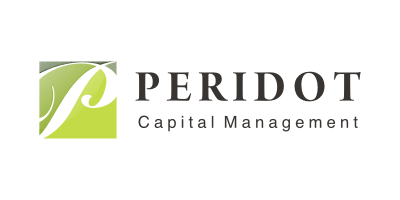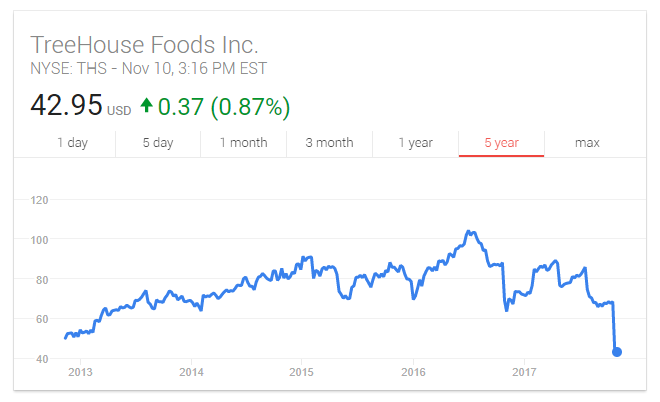A year ago my local phone company, CenturyLink (CTL), announced a $34 billion deal to acquire Level 3 Communications (LVLT), one of the leading business communications carriers in the nation. The deal was widely seen as a way to preserve CTL's $2.16 per share annual dividend, coverage for which was coming under pressure as cable and streaming companies continue to take market share in the local consumer phone, video, and data markets. Combining with Level 3 would result in a larger player (competing nationally with AT&T and Verizon) with roughly 75% of revenue coming from business and wholesale customers.
Over the course of the 12 months it took for the two companies to close the deal, the consumer business continued to erode, and CTL's stock price fell from $28 to below $20 per share. Competitors like Frontier, which acquired a lot of Verizon's FIOS customers and proceeded to lose many of them, have investors fearful that the consumer business can never be repaired. Over the last month, CTL has fallen even more and today trades for $14 per share.
I happen to agree that competing with cable and streaming offerings is not a viable business model long term. CenturyLink is constantly going door to door here in Seattle peddling high speed internet. Despite general disdain for Comcast, their service is more reliable and similarly priced, so CTL really has no way of taking market share in the consumer market.
And that is why this Level 3 deal is so interesting, because the new company is 75% enterprise. Investors and computerized algorithms treat Frontier and Windstream just like CenturyLink, even though the latter company just completed a transformational transaction that puts it in the top three corporate providers alongside AT&T and Verizon.
Perhaps the best part of the deal is the fact that Level 3 CEO Jeff Storey will take over as CEO of CenturyLink in 2019. Storey's focus on the business customer sheds light on the future direction of the company. His track record at Level 3 since joining in 2008 and being named CEO in 2013 has been superb (revenue doubled and free cash flow went from zero to over $1 billion a year). As an investor, it is refreshing to listen to him on quarterly earnings conference calls because he talks more about maximizing free cash flow per share than he does about TV and internet bundles. If there is a better CEO to integrate these two businesses, focus on the business client, and maximize cash flow for the owners of the business, I do not know of one.
CenturyLink's $2.16 per share annual dividend is on center stage as this new company begins to come together. Management has been firm in its desire to maintain the payout, but investors are looking past them. At $14 per share, the yield is a stunning 15%.On the face of things, it does appear that CTL can pay this dividend comfortably from cash flow, in addition to funding about $4 billion of annual cap-ex. Pro-forma free cash flow will likely come in around $1.5 billion in 2017. Add in $1 billion of expected cost synergies, and $600 million of annual cash tax savings (LVLT has nearly $10 billion of net operating loss carryforwards) and there is a clear path to $3 billion of annual free cash flow if management can keep the business stable (business growth offsetting consumer decline) over the next couple of years. In comparison, the current dividend amounts to about $2.3 billion annually.
It appears that Wall Street is set on painting CTL with the same brush as other regional carriers who have been unable to halt the decline in their consumer-led businesses, which has promoted repeated dividend cuts. To me, the dividend itself is relatively meaningless (stocks are valued based on profits, not dividends). Today CTL's equity is valued at roughly $15 billion, which would be 5x annual free cash flow post-synergies. Regardless of what their dividend payout ratio is, if Jeff Storey and Company can execute on the business and focus on their enterprise customers, it is reasonable to assume that CTL performs much more like a Verizon or AT&T than just another regional consumer-focused phone company.
With the stock price having been halved since the deal was announced a year ago, nobody seems to think that buying Level 3 changed CenturyLink's business outlook. And they also do not seem to care about Jeff Storey's track record of creating shareholder value (LVLT stock more tripled during his 5 years as CEO). In other words, the bar has been set immensely low.
Full Disclosure: Long shares of CTL as well as CTL debt securities at the time of writing, but positions may change at any time.












